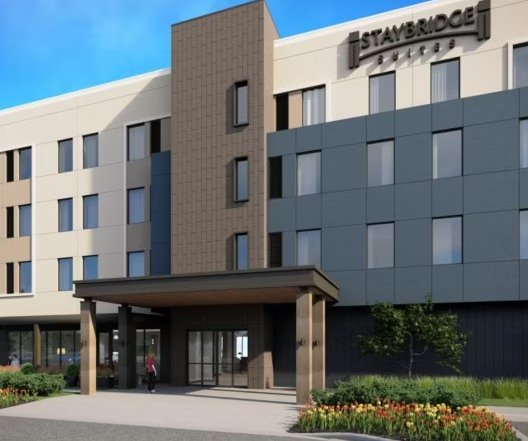Manteca is among California’s fastest growing cities In terms of new home starts having issued 1,306 permits in 2024.
But when it comes to ADUs — accessory dwelling units — that are seen as the most effective at-market way to expand affordable housing stock, Manteca is being left in the dust.
Statewide in 2023 for the last year data was available, the Department of Finance reported 26,929 ADUs were built. That compares to 25 in Manteca.
It wasn’t much better in 2024 when Manteca issued 26 permits for ADUs.
The city has seen 81 ADUs built in the last five years.
Manteca leaders have never explored ADU incentives beyond what the state has in place when discussions have taken place about affordable housing strategies although they do have basic plans that are available at no charge.
Whether the current council will elect to take serious steps to incentivize ADU construction when they tackle affordable housing in the coming few years has yet to be seen.
ADUs, once called granny flats of which you can find a number built off of alleys in older parts of town or tucked behind a home, have been identified by state experts as the best way to effectively address the housing shortage.
The two main reasons they are built are for elderly parents or to produce additional income as rentals.
Historically, ADUs built for parents ultimately morph into rentals.
Smaller homes that are standalone ADUs aren’t tiny homes.
Tiny homes tend to be mobile and often do not have the connected infrastructure that a traditional detached single family home does.
Detached ADUs are essentially smaller versions of a standard home. They almost always have a layout that includes a bedroom, living area, bathroom, kitchen with dining area, and a laundry area. In other words, they have floorplans similar to one bedroom, one bathroom apartments without anyone living above your ceiling, below your floor, or on the other side of a wall,
Manteca has a cluster of a dozen free-standing small homes that aren’t ADUs but give you an idea of the living space. The homes on the northwest corner of Nevada Street and Walnut Avenue last year underwent extensive remodeling and are now being leased.
Smaller ADUs than the aforementioned, are more like standalone studio apartments.
The ADUs are Manteca’s de facto affordable housing strategy.
ADUs typically rent for 20 to 30 percent less than a standard Manteca house that — depending on the era in which they were built — go from an average of 1,200 to 3,300 square feet.
They also rent for significantly less than the average going rate for a pre-1990 Manteca apartment that was $1,659 in 2024.
As a side note, the cluster of updated and modernized homes are comparable floorplans and touches that a new one bedroom apartment offers in Manteca but for a slightly less cost of $1,800 a month.
Infill projects such as ADUs not only piggyback on existing amenities and infrastructure, but they also tend to be closer to shopping, dining, services, transit, and schools.
Manteca has encouraged ADUs with lower growth fees and even has basic plan sets available.
There are several impact fees that are not collected in Manteca on auxiliary dwelling units 750 square feet or less in a bid to encourage more ADUs.
That helps ADU projects pencil out.
And if the ADU is 500 square feet or less the builder is also exempted by the State of California from paying school impact fees to further reduce development costs.
City rules are also lifted in terms of off-street parking spaces.
Couple that with the fact “off-property” infrastructure already in place such as streets, sidewalks, sewer and water lines, storm drains, and even the backbone for PG&E utilities. When you do, ADUs pencil out.
As such, they provide positive cash flow from the start for the property owners building the ADU that aren’t using them for family members such as elderly parents.
ADUs can easily go from construction to completion in less than a year.
An ADU is allowed to have a maximum square footage of 850 square feet in a studio-style layout, a maximum of 1,000 square feet for a one bedroom dwelling or 1,200 square feet for a handicapped accessible home.
They cannot be higher than 16 feet.
No additional off-street parking is required for an ADU. They also must have an independent exterior entrance.
The current state movement that requires allowing garages conversions done to code, ADUs being built whether they are free-standing or added to an existing house, and allowing the conversion of single family homes into multiple family residences are all aimed at squeezing the most out of existing developed areas to help address California’s chronic housing shortage.
ADUs must be allowed in all zoning districts where residential uses are permitted. Local discretion for location of ADUs may be based only on the adequacy of water and sewer services, traffic circulation, and public safety considerations.
The dwelling units may be rented separately from the primary residence but may not be sold or otherwise conveyed separately from the primary residence.
To contact Dennis Wyatt, email dwyatt@mantecabulletin.com






